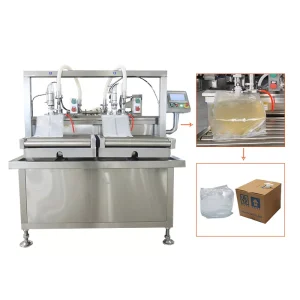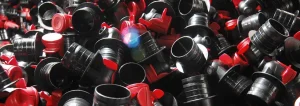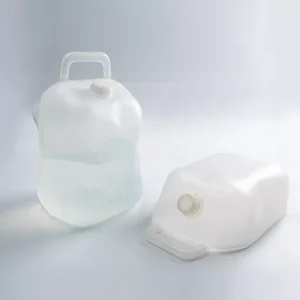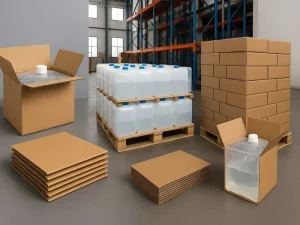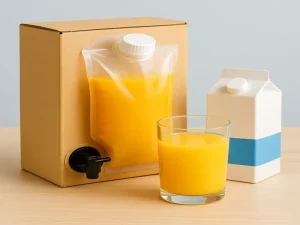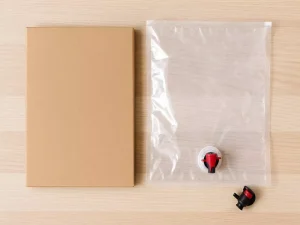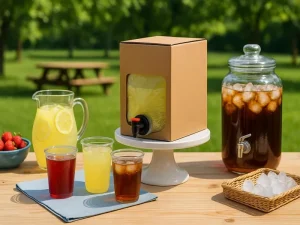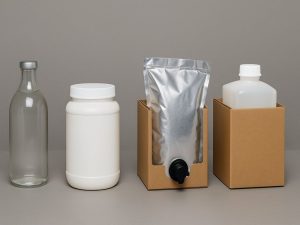
Rigid Vs. Semi-Rigid Packaging: A Comprehensive Comparison
Packaging offers many options, with rigid and semi-rigid being the most popular. Each has its advantages based on the product, transportation needs, and cost-efficiency. This article explores the differences between these packaging types, focusing on solutions like bag-in-box, cheertainer, and cubtainer, helping companies choose the best option. What is Rigid Packaging? Rigid packaging refers to packaging that retains its shape and structure under typical conditions. Its ability to withstand deformation guarantees the safety of its contents. Rigid packaging can include materials like glass, metal, and certain plastics. Common examples include glass bottles, plastic containers, aluminum cans, and steel tins. Benefits of Sturdy Packaging Durability: The contents are highly protected by rigid packing. The solid structure prevents crushing and maintains the shape of the packaging, which is essential for products that need to be handled roughly or stored for extended periods. Premium Appearance: Rigid packaging often provides a more premium appearance, making it a popular choice for luxury products like perfumes, high-end beverages, and cosmetics. The package conveys an impression of luxury and elegance due to its substantial weight. Shelf Appeal: The stability and sturdiness of rigid packaging ensure that products stand out on shelves, enhancing visibility and making them more likely to catch the consumer’s eye. Rigid packaging also supports better stacking and display. Long Shelf Life: Certain types of rigid packaging, especially those made from glass or metal, help to preserve the product’s shelf life by creating a hermetically sealed environment that protects against contamination. Disadvantages of Rigid Packaging Higher Costs: The production and material costs for rigid packaging tend to be higher. The manufacturing process for items like glass and metal containers can be energy-intensive, and the cost of materials can add up quickly. Larger Carbon Footprint: Due to the use of heavier materials like glass and metal, rigid packaging often has a higher environmental impact. These materials are not only energy-intensive to produce but also take up more space during transportation, increasing their carbon footprint. Breakability: While rigid packaging is highly protective, it is often more prone to breakage, especially glass packaging. This can lead to product waste and additional packaging costs for protective inserts. What is Semi-Rigid Packaging? Conversely, semi-rigid packaging blends the best features of flexible and rigid packaging. While it is not as solid as rigid packaging, it retains some structural integrity and does not collapse completely. Semi-rigid packaging materials include molded plastics, certain types of cardboard, and flexible materials that are reinforced or structured to hold their shape when filled. Advantages of Semi-Rigid Packaging Lightweight: One of the key advantages of semi-rigid packaging is its lightweight nature. This makes it more cost-effective for transportation, reducing shipping expenses and the overall environmental footprint. Cost-effective: Compared to rigid packaging, semi-rigid packaging is typically less expensive to create. The manufacturing processes are more flexible and less resource-intensive, which helps keep costs down for producers. Flexibility in Design: Semi-rigid materials often offer more flexibility in terms of design and shape, making them ideal for packaging products that


